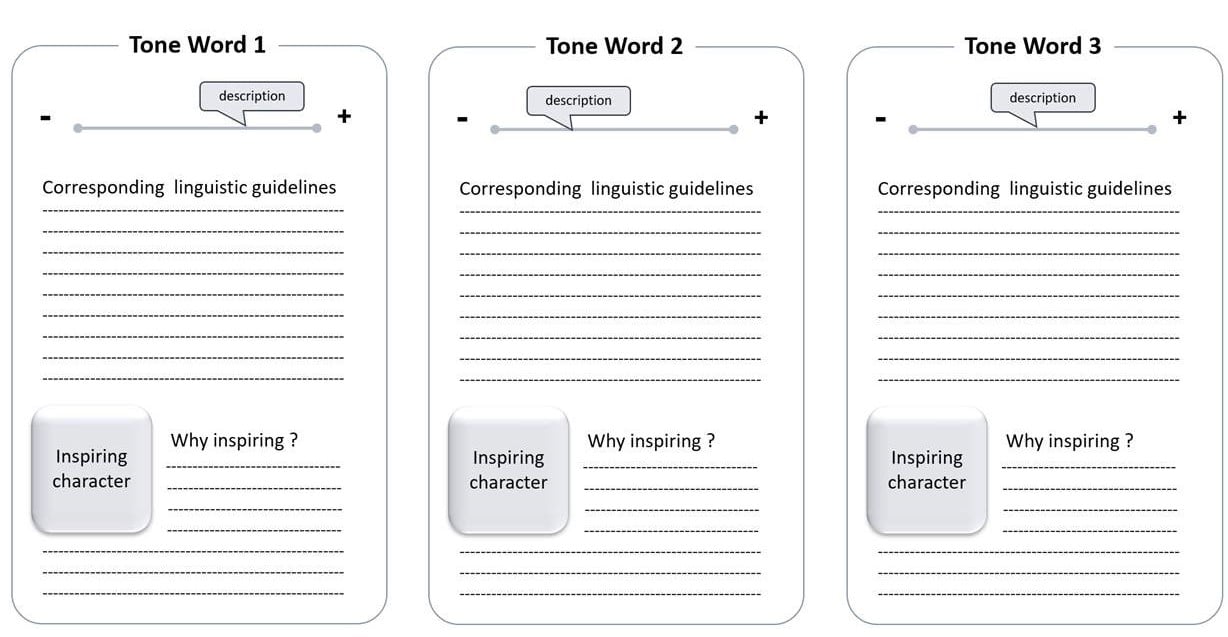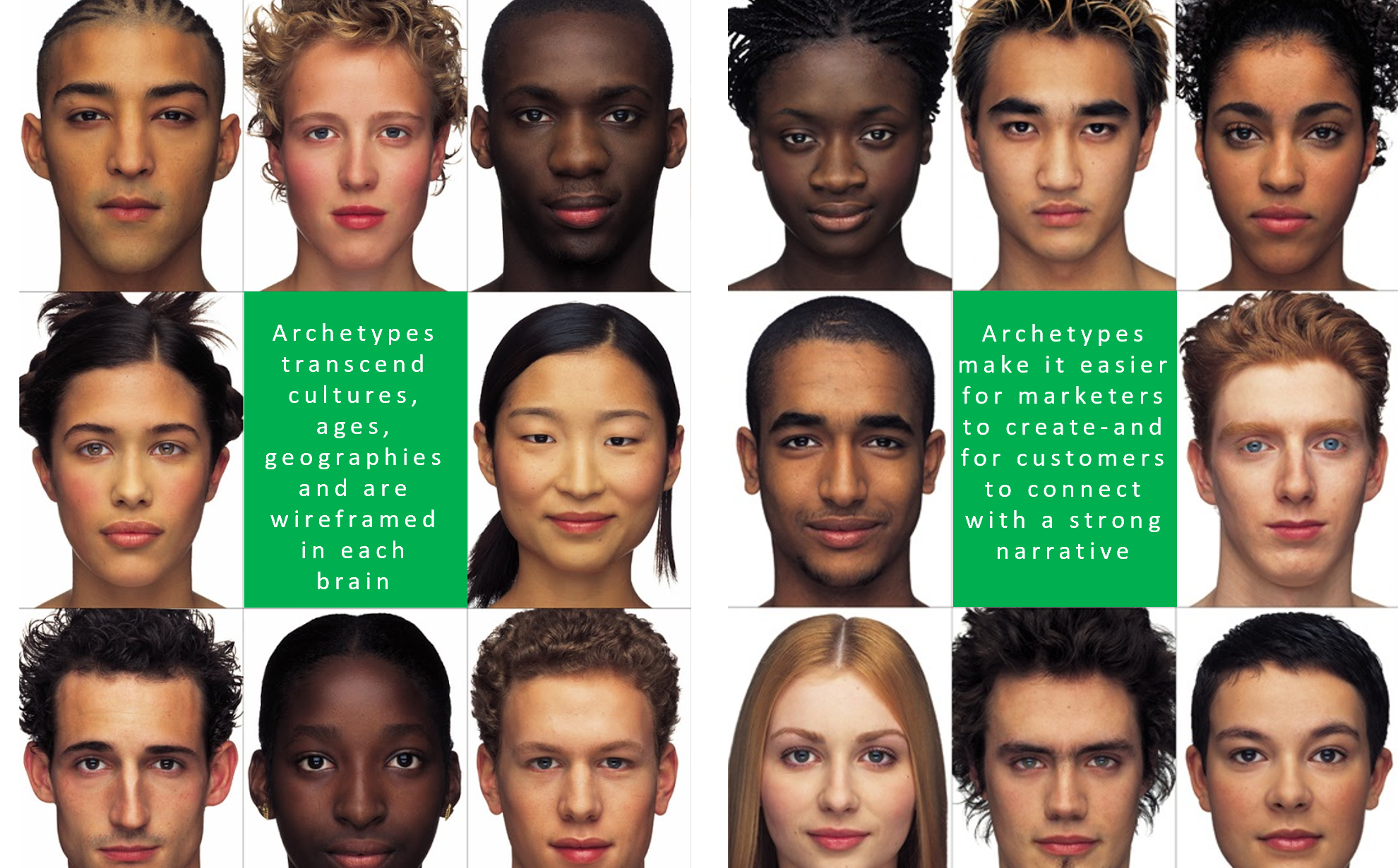Tone of Voice

It is more difficult than ever to build a strong brand personality: Aligned brands use the opportunity to differentiate themselves, to develop a memorable brand story, to secure preference in the minds of customers and finally to increase pricing power.
The race for visibility is governed by a Darwinism applied to companies: Not the biggest, but the fastest, the ones that stand out will survive and go their way.
Strong brand personality clearly provides a competitive advantage by
- ensuring consistent brand experience in the omni-channel context
- differentiating a brand in overcrowded media environment
- creating a emotional bond beyond product & service
Just like people whose attractive attributes make them interesting or pleasant, brands interact with other brands or target groups on a personal level: they have Facebook pages, they endorse Instagram messages, they twitter, etc.
Any idea which archetype your brand should rely on, to express itself?
Have a look here ->

Integrated into the archetypal framework of the brand, the exercise of the brand personality can be divided into 3 steps
- archetype - what the brand says, endorses
describing the brand's role on the marketplace
connecting with target audiences
driving differentiation - Personality traits - how the brand speaks, handles
identifying the ones that capture who the brand is or should be
shortlisting the ones that better resonate with the brand's reason for being
selecting the ones that are most distinguished from peers - brand story - why the brand exists
believes and ambition
attributes and benefits
our impact on people' live -be it consumers, customers
Using a series of standardized items, the process of establishing the brand's archetypal personality enables marketers to interact with target audiences in a very unique and authentic way.
Think of the current and former President of the United States and you will get a good idea of the tone of voice: no value judgment here, just a simple way to clarify the tone of voice in relation to the brand story
In fact, both presidents embody the same foreign policy (the history of the brand), but with a very different style of expression: 140 words on the tweeter against a long speech...

Nothing is left to chance, it is a deliberate way of communicating with those who are considered part of the core group of the target audience: bias play an important role, e.g. making difficult and complex issues easy to understand, encouraging others to take action, using colourful or conceptual language, communicating one's own values on the so-called "universal and timeless" principles or to be deliberately disruptive, to use rhetorical skills and to use them to give the story a special twist, punchy lines or eloquent statements
It is useful to use profiling tools to capture the exact tone, depending on the context
- the required level of language
formal vs. casual
serious vs. humorous
rational vs. emotional
direct vs. imaginative
reserved vs. outgoing
agreeable vs. authoritative
calm vs. excited - the linguistic level
sentence structure , ellipses, dashes
punctuation
framing bias
words used , words abbreviation, acronyms
emoticons - the personal style
action-oriented vs. long-winded
aspirational & descriptive vs. abstract and theoretic
how long-winded
exclamatory vs. understatement

Once you have completed this type of exercise, you can move on and focus on telling a story with a clear understanding of
- the brand topics
- the brand protagonists
- the brand channels
- the brand formats
To help get the inspiration flowing, we’ve collected 32 examples of truly enviable inbound marketing. Whether you want to rethink your approach to social media, email, or blogging, we’ve curated top-notch examples to expand your thinking. Or, perhaps you are ready to experiment with a new medium for your content. Explore the video and microsite chapters to discover what the leaders in multimedia marketing are creating to share their story.
.



